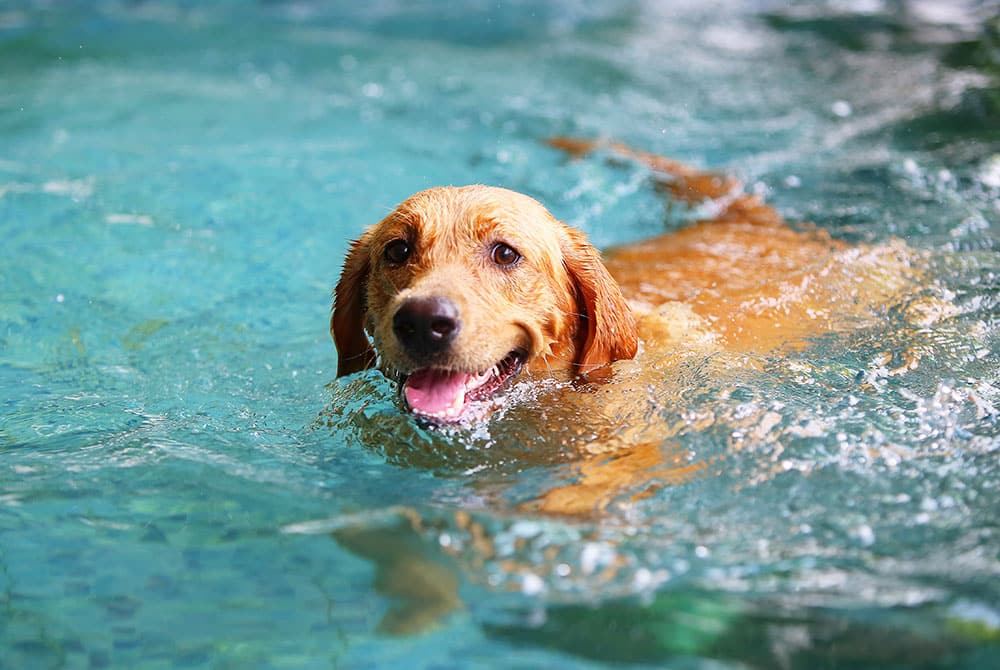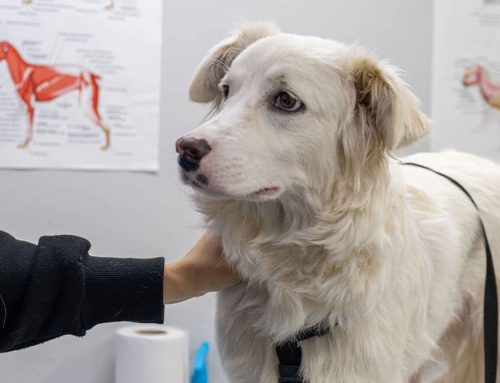As the temperatures rise and summer adventures call, many dog owners find themselves heading to lakes, beaches, and pools with their furry companions in tow. While swimming can be a fun and healthy activity for dogs, it also comes with a unique set of safety concerns. We want to ensure that you and your pet enjoy the water safely! Here’s what every dog owner should know about water safety.
1. Not All Dogs Are Natural Swimmers
It’s a common misconception that all dogs instinctively know how to swim. While some breeds like Labradors and Golden Retrievers tend to take to water with enthusiasm, others — such as Bulldogs, Pugs, and Dachshunds — may struggle due to their body structure or breathing limitations. Always supervise your dog during their first few water encounters, and never force them in.
Tip: Consider using a well-fitted canine life jacket, especially for new swimmers, small dogs, or breeds prone to fatigue.
2. Introduce Water Gradually
If your dog is new to swimming, start slow. Use a shallow area where your dog can walk in and out freely. Encourage them with toys or treats and never toss them into the water.
Reminder: Positive reinforcement goes a long way. Make water play a stress-free, enjoyable experience.
3. Be Mindful of Water Conditions
Whether you’re at the ocean, lake, or river, conditions can change rapidly. Watch out for:
- Strong currents or undertows – These can quickly tire even experienced swimmers.
- Waves and tides – Sudden changes can frighten dogs or pull them into deeper water.
- Blue-green algae – Common in stagnant ponds or lakes during warm months, this toxic algae can be fatal if ingested.
4. Pool Safety Matters Too
Pools may seem like a safe environment, but they pose their own risks:
- Ensure your dog knows how to exit the pool using steps or a ramp.
- Never leave your dog unsupervised around a pool.
- Rinse your dog off after swimming to remove chlorine or salt that could irritate their skin or eyes.
5. Keep Fresh Drinking Water Nearby
Dogs may be tempted to drink from lakes, pools, or the ocean, but that can lead to digestive upset, parasites, or salt toxicity. Always bring clean, fresh water and offer it regularly.
6. Watch for Signs of Trouble
Even strong swimmers can get tired. Look for signs such as:
- Excessive panting
- Struggling to keep their head above water
- Whining or trying to climb out
- Shivering (which can indicate hypothermia in cold water)
7. After-Swim Care Is Important
After water play, always:
- Rinse your dog to remove salt, chlorine, or debris.
- Dry their ears thoroughly to prevent infections, especially in floppy-eared breeds.
- Check their paws for cuts or abrasions from rough terrain or sharp shells.
If you have questions about water safety, swimming readiness, or life jackets, don’t hesitate to contact us. We’re here to help your pets enjoy the summer safely!








Leave A Comment